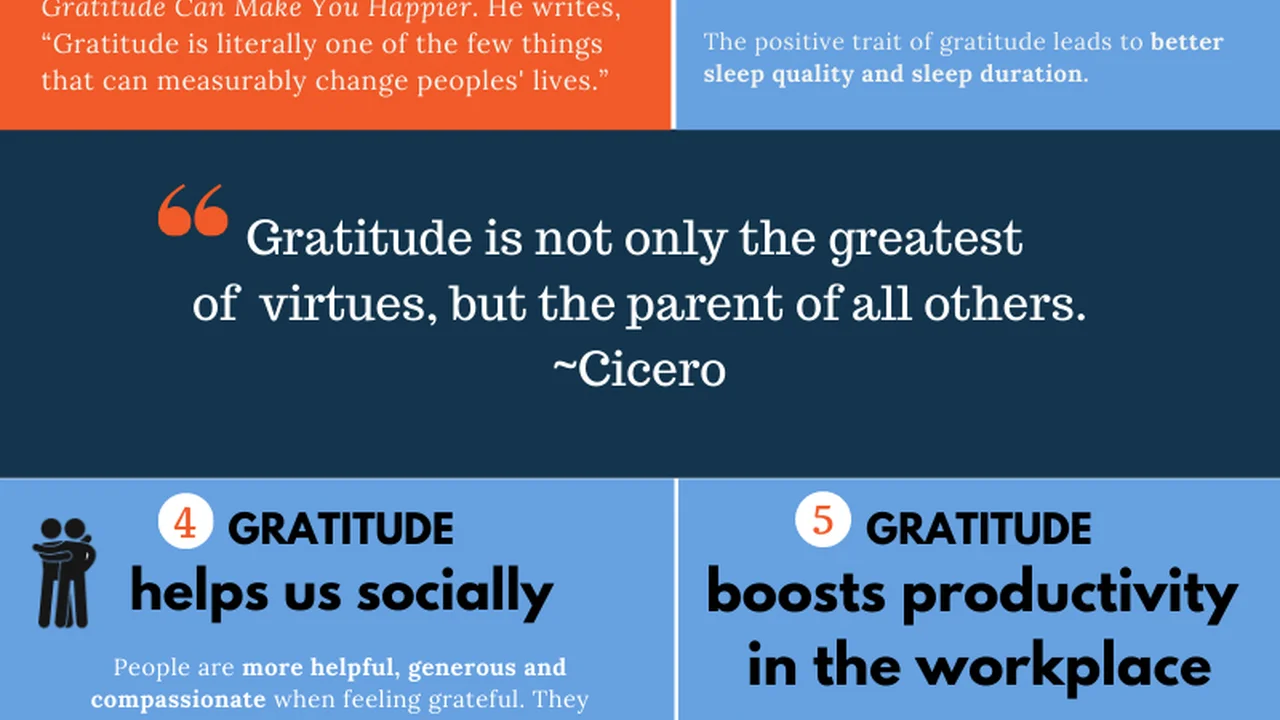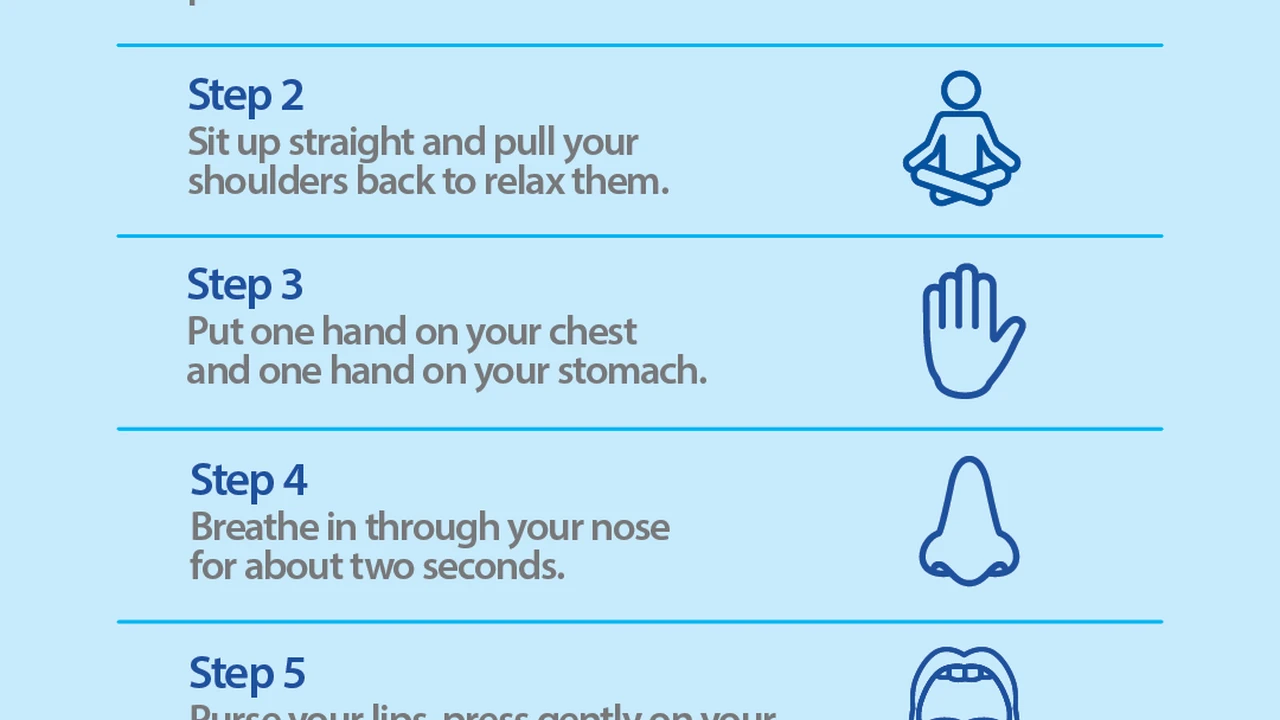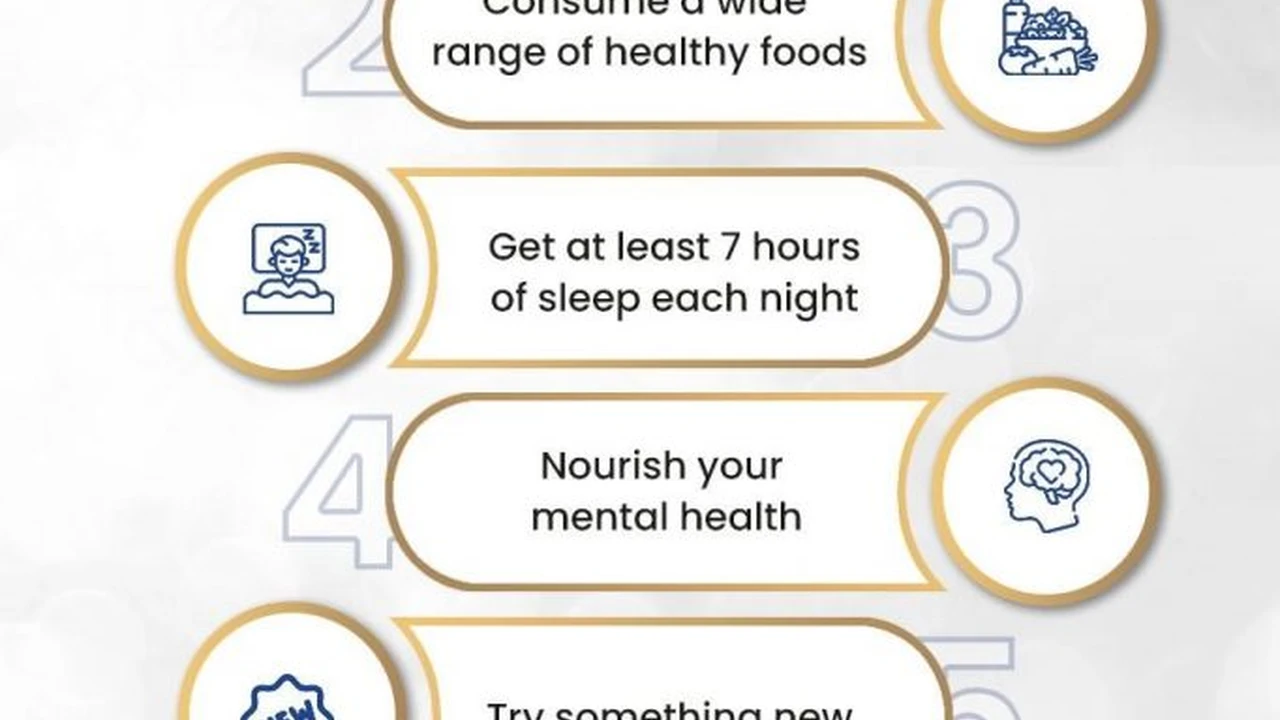The Benefits of Gratitude for Mental Well-being
Discover effective time management techniques to boost productivity and achieve your goals. Learn practical tips, compare different tools, and find the best strategies for making the most of your time.

Understanding the Importance of Time Management for Productivity
Okay, let's face it: we all have the same 24 hours in a day, right? But some people seem to accomplish so much more. What's their secret? It's not magic; it's time management! Effective time management isn't about cramming more tasks into your day. It's about working smarter, not harder. It's about prioritizing, focusing, and minimizing distractions so you can achieve your goals without feeling overwhelmed. When you manage your time well, you'll experience less stress, increased productivity, and a greater sense of accomplishment. You'll also have more time for the things you enjoy, leading to a better work-life balance.
Think about it. How often do you start a task, get interrupted by an email or a notification, and then struggle to regain your focus? These interruptions can seriously derail your productivity. Time management techniques help you minimize these disruptions and stay on track. Plus, when you have a clear plan for your day, you're less likely to procrastinate or waste time on unimportant tasks.
Technique 1: The Pomodoro Technique for Focused Work
The Pomodoro Technique is a super simple yet powerful way to stay focused and avoid burnout. The basic idea is to work in focused bursts, followed by short breaks. Here's how it works:
- Choose a Task: Decide what you want to work on.
- Set a Timer: Use a timer (a physical one or an app) for 25 minutes. This is one "Pomodoro."
- Work: Focus exclusively on the task for the entire 25 minutes. No checking emails, no social media, no distractions!
- Take a Short Break: When the timer rings, take a 5-minute break. Get up, stretch, grab a drink, or do something relaxing.
- Repeat: Do four "Pomodoros" (four 25-minute work sessions with 5-minute breaks in between).
- Take a Long Break: After four Pomodoros, take a longer break of 20-30 minutes.
The Pomodoro Technique works because it breaks down large tasks into smaller, more manageable chunks. The short breaks help you stay refreshed and prevent mental fatigue. The strict focus during the work sessions forces you to minimize distractions and get into a flow state. This technique is particularly useful for tasks that you tend to procrastinate on or find overwhelming. It's also great for improving your concentration and attention span.
Product Recommendation: Focus To-Do App
There are many apps available that can help you implement the Pomodoro Technique. Focus To-Do is a popular option that combines a Pomodoro timer with task management features. It allows you to create to-do lists, set deadlines, and track your progress. The app also provides detailed reports on your productivity, so you can see how you're spending your time and identify areas for improvement.
Usage Scenario: Imagine you have a research paper due next week. Instead of feeling overwhelmed and procrastinating, you can break it down into smaller tasks, such as "research sources," "write introduction," "outline main arguments," etc. Then, use the Focus To-Do app to work on each task in 25-minute intervals. The app will remind you when to take breaks, helping you stay focused and avoid burnout.
Price: Focus To-Do offers a free version with basic features. A premium subscription, which unlocks advanced features like unlimited projects and detailed reporting, costs around $29.99 per year.
Technique 2: The Eisenhower Matrix (Urgent/Important) for Prioritization
The Eisenhower Matrix, also known as the Urgent/Important Matrix, is a powerful tool for prioritizing tasks based on their urgency and importance. It helps you distinguish between tasks that are truly critical and those that are merely distractions. The matrix consists of four quadrants:
- Quadrant 1: Urgent and Important (Do First): These are tasks that require immediate attention and are essential for achieving your goals. Examples include dealing with a crisis, meeting a tight deadline, or resolving a critical issue.
- Quadrant 2: Not Urgent but Important (Schedule): These are tasks that are important for your long-term goals but don't require immediate attention. Examples include planning, building relationships, exercising, and learning new skills.
- Quadrant 3: Urgent but Not Important (Delegate): These are tasks that require immediate attention but don't contribute significantly to your goals. Examples include answering emails, attending unnecessary meetings, or dealing with interruptions.
- Quadrant 4: Not Urgent and Not Important (Eliminate): These are tasks that are neither urgent nor important and should be eliminated or minimized. Examples include browsing social media, watching excessive TV, or engaging in time-wasting activities.
To use the Eisenhower Matrix, list all your tasks and then assign them to the appropriate quadrant. Focus your energy on Quadrant 1 tasks first, then schedule time for Quadrant 2 tasks. Delegate Quadrant 3 tasks whenever possible and eliminate Quadrant 4 tasks altogether. This technique helps you prioritize your time and energy on the activities that will have the greatest impact on your success.
Product Recommendation: Trello for Visual Task Management
Trello is a visual task management tool that uses a Kanban-style board to organize tasks. You can create lists to represent the four quadrants of the Eisenhower Matrix (Urgent/Important, Not Urgent/Important, Urgent/Not Important, Not Urgent/Not Important). Then, you can create cards for each task and drag them to the appropriate list. Trello allows you to easily visualize your priorities and track your progress. You can also add deadlines, assign tasks to team members, and add attachments to each card.
Usage Scenario: Imagine you're a project manager with multiple projects and deadlines. Use Trello to create a board for each project and then create lists for the four quadrants of the Eisenhower Matrix. As tasks arise, add them to the appropriate list. This will help you quickly identify the most critical tasks and allocate your resources effectively.
Price: Trello offers a free version with basic features. A premium subscription, which unlocks advanced features like unlimited boards and custom backgrounds, starts at around $5 per user per month.
Technique 3: Time Blocking for Structured Days
Time blocking involves scheduling specific blocks of time for specific tasks. Instead of just creating a to-do list, you actually allocate time slots in your calendar for each task. This helps you be more intentional about how you spend your time and prevents you from getting sidetracked. To use time blocking effectively:
- Identify Your Priorities: Determine the most important tasks that you need to accomplish each day or week.
- Estimate Time Needed: Estimate how much time you'll need to complete each task. Be realistic!
- Schedule Time Blocks: Block out specific time slots in your calendar for each task. Be sure to include breaks!
- Stick to Your Schedule: Treat your time blocks like appointments and do your best to stick to your schedule.
- Be Flexible: Things don't always go according to plan, so be prepared to adjust your schedule as needed.
Time blocking helps you create a structured day and prevents you from wasting time on unproductive activities. It also ensures that you allocate enough time for your most important tasks. This technique is particularly useful for people who struggle with procrastination or tend to get easily distracted.
Product Recommendation: Google Calendar for Seamless Integration
Google Calendar is a widely used and versatile calendar app that's perfect for time blocking. It's free, easy to use, and integrates seamlessly with other Google services like Gmail and Google Meet. You can create events for each task and set reminders to help you stay on track. Google Calendar also allows you to share your calendar with others, making it easy to coordinate schedules with team members.
Usage Scenario: Imagine you're a student juggling classes, homework, and extracurricular activities. Use Google Calendar to block out time for each activity. Schedule specific time slots for attending classes, studying, working on assignments, and participating in extracurriculars. This will help you stay organized and avoid feeling overwhelmed.
Price: Google Calendar is free to use with a Google account.
Technique 4: The Two-Minute Rule for Overcoming Procrastination
The Two-Minute Rule is a simple but effective technique for overcoming procrastination. The basic idea is that if a task takes less than two minutes to complete, you should do it immediately. This prevents small tasks from piling up and becoming overwhelming. Examples of tasks that can be completed in two minutes include answering an email, making a phone call, putting away a dish, or filing a document.
The Two-Minute Rule works because it lowers the barrier to entry for starting a task. It's much easier to convince yourself to do something if you know it will only take a few minutes. Once you start a task, you may find that you're motivated to continue working on it for longer than you initially planned. This technique is particularly useful for tasks that you tend to procrastinate on because they seem boring or tedious.
Product Recommendation: A Simple Notebook for Quick Task Logging
While there isn't a specific app designed solely for the Two-Minute Rule, a simple notebook or notepad can be incredibly effective. Keep a small notebook handy and jot down any tasks that pop into your head that can be completed in two minutes or less. This visual reminder will prompt you to tackle those tasks immediately instead of letting them linger on your to-do list.
Usage Scenario: You're working from home and notice a pile of mail on the counter. Instead of ignoring it, grab your notebook and jot down "sort mail." Then, take two minutes to quickly sort through the mail, throwing away junk mail and filing important documents. This simple act will prevent the pile from growing and becoming a source of stress.
Price: A simple notebook can be purchased for just a few dollars at any office supply store.
Technique 5: Eat That Frog! (Tackle Your Most Challenging Task First)
The "Eat That Frog!" technique, popularized by Brian Tracy, encourages you to tackle your most challenging or unpleasant task first thing in the morning. The idea is that if you start your day by doing something you dread, everything else will seem easier by comparison. This technique helps you build momentum and prevents you from procrastinating on your most important tasks.
To use the "Eat That Frog!" technique, identify the one task on your to-do list that you're most likely to procrastinate on. This is your "frog." Then, commit to working on that task first thing in the morning, before you do anything else. Don't check your email, don't browse social media, just focus on "eating that frog." Once you've completed that task, you'll feel a sense of accomplishment and be motivated to tackle the rest of your day.
Product Recommendation: Freedom App for Distraction-Free Work
Freedom is a distraction-blocking app that helps you stay focused on your most important tasks. It allows you to block distracting websites and apps, such as social media and news sites, for specific periods of time. This can be particularly helpful when you're trying to "eat that frog" and need to eliminate all distractions.
Usage Scenario: You know you need to write a report, but you keep getting distracted by social media. Use Freedom to block social media websites and apps for a few hours. This will force you to focus on the report and prevent you from wasting time on unproductive activities.
Price: Freedom offers a free trial. A premium subscription, which unlocks advanced features like scheduled blocks and website whitelisting, costs around $6.99 per month or $29.99 per year.
Comparing Time Management Tools and Techniques
Choosing the right time management tools and techniques depends on your individual needs and preferences. Here's a quick comparison of the tools mentioned above:
- Focus To-Do vs. Google Calendar: Focus To-Do is great for focused work sessions using the Pomodoro Technique, while Google Calendar is ideal for scheduling and time blocking.
- Trello vs. A Notebook: Trello provides a visual way to prioritize tasks using the Eisenhower Matrix, while a notebook is a simple and effective tool for implementing the Two-Minute Rule.
- Freedom vs. Willpower: Freedom helps you eliminate distractions by blocking websites and apps, which can be a more effective approach than relying solely on willpower.
Experiment with different tools and techniques to find what works best for you. Don't be afraid to combine multiple techniques to create a personalized time management system.
Final Thoughts: Embracing Effective Time Management
Mastering time management is an ongoing process. It requires experimentation, self-awareness, and a willingness to adapt. By implementing these techniques and tools, you can take control of your time, increase your productivity, and achieve your goals without feeling overwhelmed. So, start today and discover the power of effective time management!
:max_bytes(150000):strip_icc()/277019-baked-pork-chops-with-cream-of-mushroom-soup-DDMFS-beauty-4x3-BG-7505-5762b731cf30447d9cbbbbbf387beafa.jpg)






